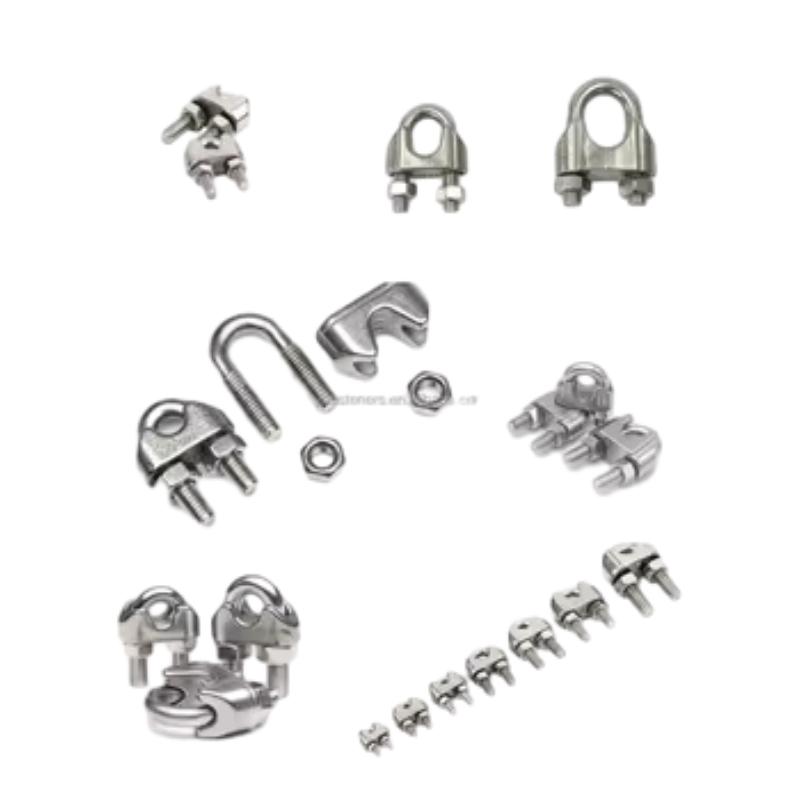iul. . 26, 2024 16:00 Back to list
Innovative Solutions for Securely Connecting Perpendicular Beams in Structural Applications
The Importance of Perpendicular Beam to Beam Clamps in Structural Engineering
In the world of structural engineering and construction, the need for robust and reliable connections is paramount. One such connection solution that has gained prominence is the perpendicular beam to beam clamp. These clamps are engineered to provide a secure, stable, and rigid connection between two beams that intersect at a right angle, ensuring structural integrity and safety in various applications.
Design and Functionality
Perpendicular beam to beam clamps are typically made from high-strength materials such as steel or aluminum, designed to withstand significant loads and environmental factors. Their primary function is to mechanically join two beams, allowing for the transfer of loads from one beam to another while maintaining the overall stability of the structure. The design usually incorporates adjustable features, enabling engineers to achieve precise alignment during installation. This flexibility is crucial, especially in complex construction projects where precision is vital.
These clamps often come with various types of fastening mechanisms, including bolts, screws, or even welding options. The choice of fastening method can depend on the specific requirements of a project, such as the type of materials used, load expectations, and environmental conditions. The ability to customize these clamps according to the specific needs of a project makes them a highly versatile choice for engineers.
Applications
The applications of perpendicular beam to beam clamps span across various sectors, including commercial, industrial, and residential construction. In industrial settings, these clamps are frequently used in the assembly of steel frames and structures that must endure heavy loads, such as warehouses and manufacturing facilities. In residential buildings, they provide support for roofs and floors, ensuring that the structure can safely bear the weight of occupants and furniture.
perpendicular beam to beam clamp

Furthermore, these clamps are not limited to traditional construction. In the field of event staging and temporary structures, they are essential in creating safe and reliable setups for concerts, exhibitions, and other large gatherings. Their ability to provide quick installation and disassembly means that event planners can save time while ensuring the safety of their setups.
Safety Considerations
Safety is a primary concern in any construction project. Perpendicular beam to beam clamps play a crucial role in enhancing the overall safety of a structure. A proper connection between beams helps prevent structural failures, which can lead to catastrophic consequences. Engineers must carefully calculate load requirements and select the appropriate clamp type to ensure that all connections meet or exceed safety standards.
Regular inspection and maintenance of these clamps are also essential. While they are designed to be durable, factors such as weather exposure and mechanical stress can affect their performance over time. Routine checks can identify any signs of wear or damage, allowing for timely replacements or repairs.
Conclusion
In summary, perpendicular beam to beam clamps are an indispensable element of modern construction and structural engineering. Their ability to create robust, reliable connections between beams is essential for ensuring the safety and stability of structures. As the construction industry continues to evolve, the demand for innovative and effective connection solutions like these clamps will only increase. By understanding their importance and proper application, engineers can create safer, more efficient structures that stand the test of time.


